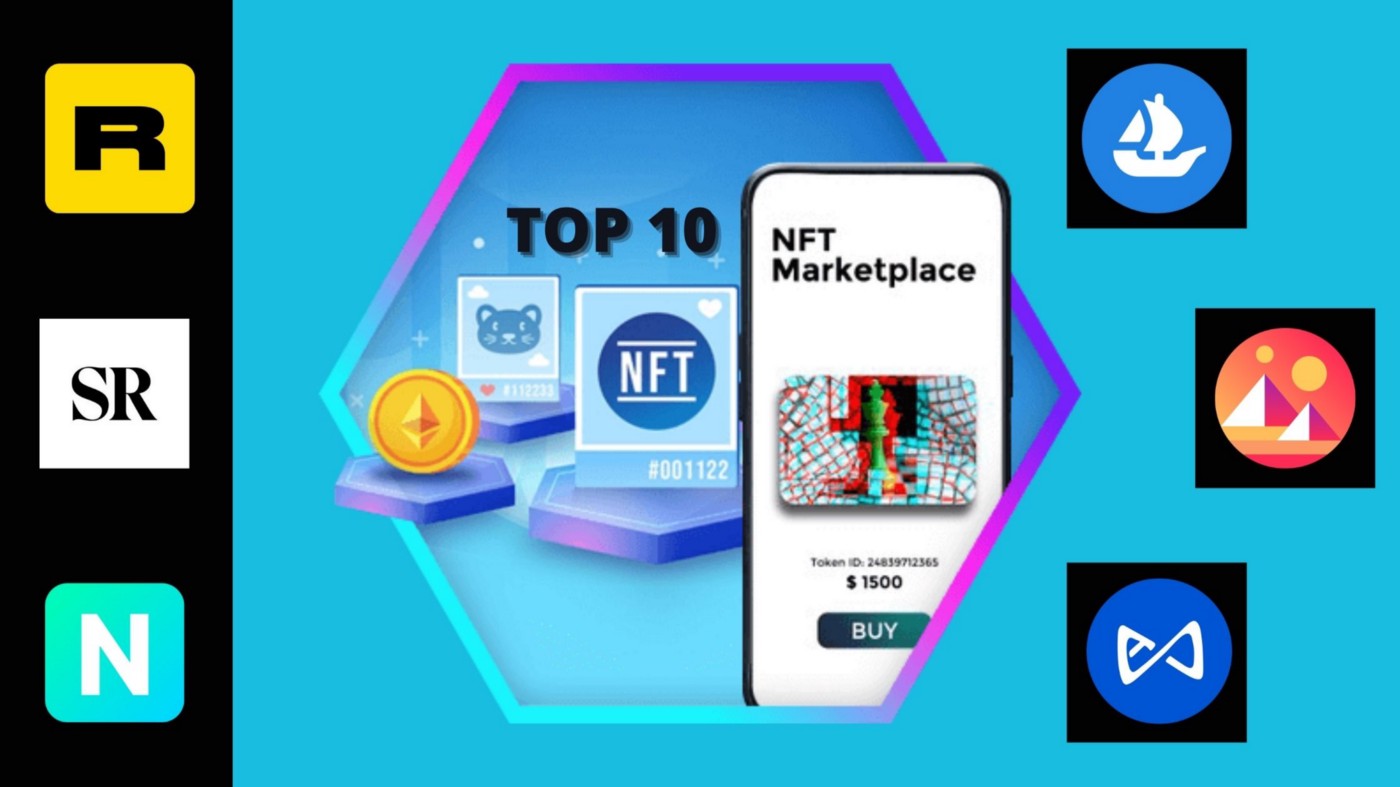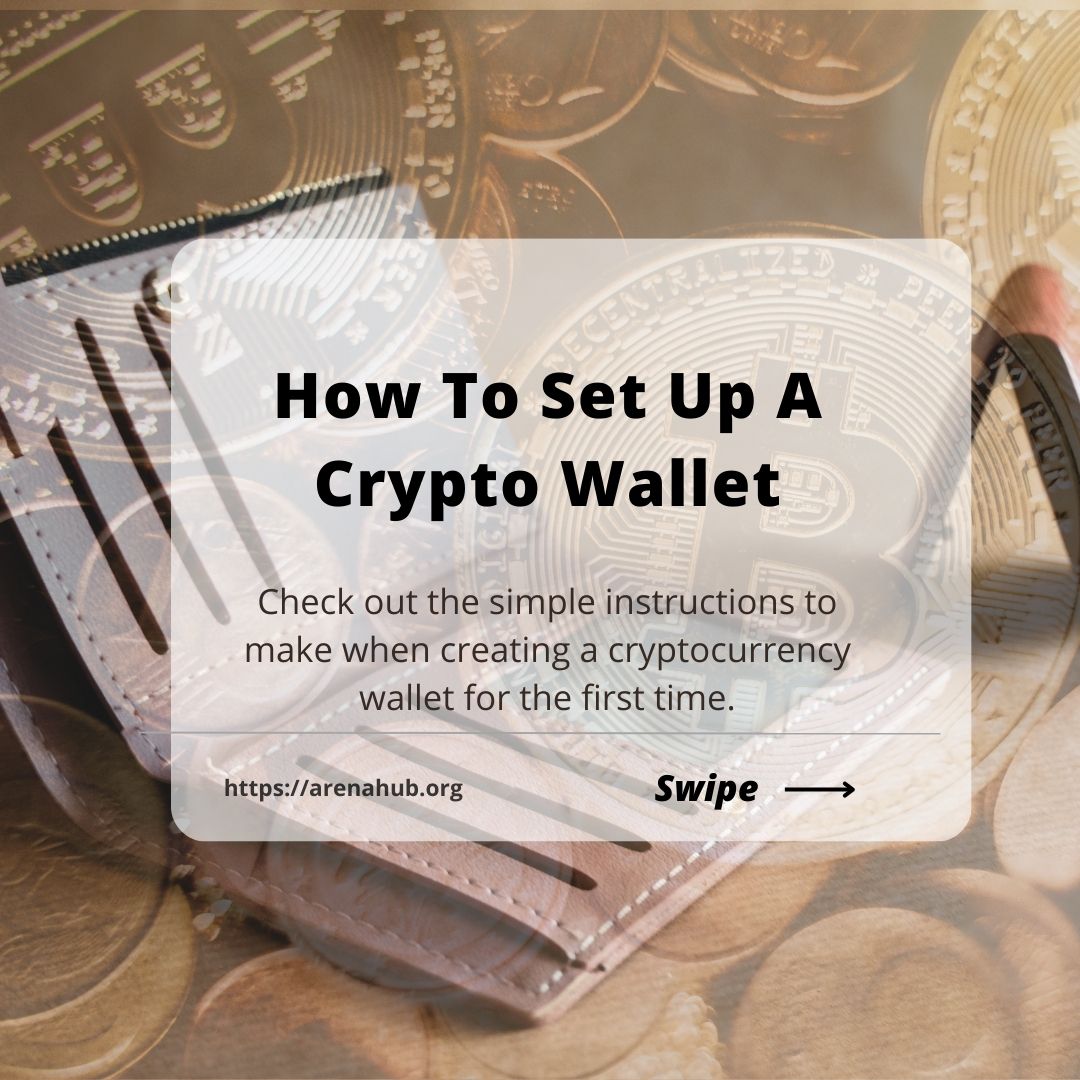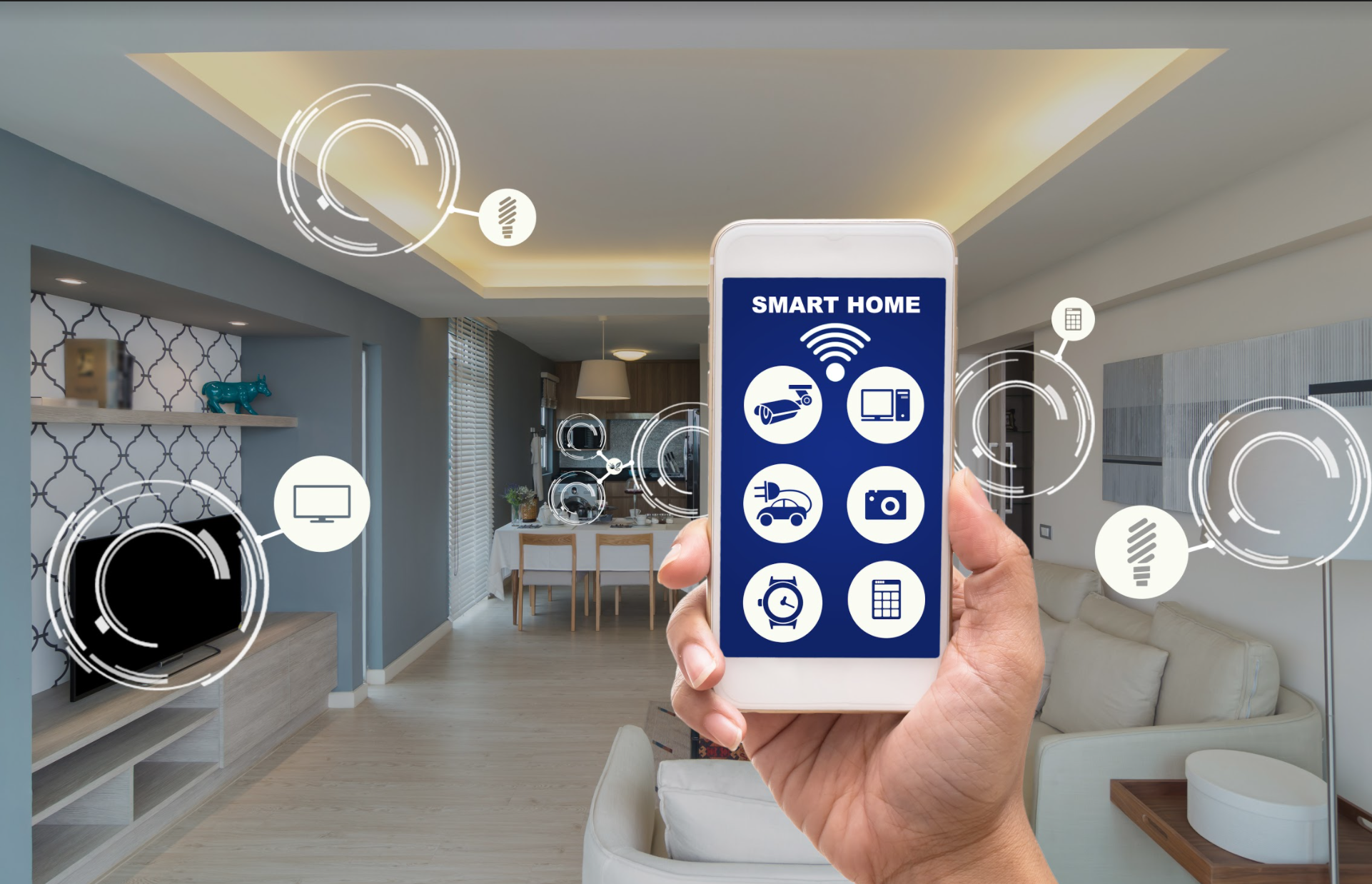Tech Tips
10 Best Marketplaces To Mint NFT Free

Best Marketplaces To Mint NFT Free
NFTs are still taking the world by storm with several enthusiasts searching for the next big project to invest in. For those who do not know, non-fungible tokens are special tokens that can be used to verify an individual’s ownership of a digital asset like an artwork. Let’s help you make a wise choice by showing you the 10 Best Marketplaces To Mint An NFT For Free.
Minting an NFT simply means transforming a digital file into a digital asset and launching it on the Ethereum blockchain. The digital asset then gets stored on the blockchain and no one will be able to remove or change it henceforth. Before minting an NFT however, it is vital to go for a quality marketplace among the several marketplaces to choose from, including the free options.
1. OpenSea:

OpenSea || Best Marketplaces To Mint NFT Free
This is a well-known NFT marketplace that has handled top projects like BAYC, and Azuki, and minting on it is not complicated at all. It supports all types of digital assets, including virtual worlds, collectibles, art, photography, and sound recordings.
This platform provides Klatyn, Polygon, and Ethereum blockchains, and it supports over 150 cryptocurrencies, however, because you make purchases with Ethereum, you will most likely pay a higher gas fee. OpenSea launched its personal gas-free minting option recently and it charges 2.5% for every transaction on the platform.
2. Rarible:

Rarible || Best Marketplaces To Mint NFT Free
This is another brilliant marketplace to mint an NFT on and it is brilliant if you wish to sell NFTs that concentrate on art and photography. It provides support for Ethereum, Flow, and Tezos blockchains and anyone can sell both single NFTs or full collections on the platform.
Because it supports Tezos, you will most likely be saving a lot on gas fees. With its lazy minting feature, it is also possible to create an NFT for free and make the buyer pay gas fees when they make a purchase.
3. Binance NFT:

Binance NFT || Best Marketplaces To Mint NFT Free
This is one of the biggest cryptocurrency exchanges across the globe. Its NFT marketplace is a brilliant option for those that want to mint on a future-proof platform. Binance will charge you only 1% per transaction and it also allows you to cash out your money in fiat currency.
Best Marketplaces To Mint NFT
If you already have Binance tokens (BNB), buying and selling on this marketplace is less complicated with native support. Users will have to make bids on this one using BNB, BUSD, or ETH, and because of how large the marketplace is, Binance has formed brilliant partnerships with NFT creators.
4. Nifty Gateway:

Nifty Gateway || Best Marketplaces To Mint NFT Free
This platform was responsible for some of the most costly early NFT sales, so it has to be doing something right. If you are not aware, Beeple’s CROSSROAD sold on Nifty Gateway for millions, and the world’s most expensive NFT got sold there for a whopping $91.8 million.
Too many celebrity artists buy their NFTs from here, therefore if you are working on a premium collection, this is a brilliant place to launch it. Nifty also makes use of open editions, unlike the options above. It basically creates an unrestricted number of variants for a small period of time, retailing for a fixed price.
5. Async Art:

Async Art || Best Marketplaces To Mint NFT Free
This one only supports NFT creation on the Ethereum blockchain and it concentrates mainly on programmable art. Unlike regular NFTs, NFTs on Async Art come with Layers, discrete elements that can be used to personalize your NFT.
Because this process tokenizes every layer, various artists will be able to contribute to changing the Master NFT. This is brilliant for innovation and collaboration, however, this is not to say that such NFTs cannot be shared on conventional marketplaces.
NFT Best Marketplaces
Async also offers Blueprints which are like Collections on OpenSea, and anybody will be able to mint an NFT for a base price until it reaches a maximum limit, after which the prices will be determined by varying market conditions.
Also, Read: Non-Fungible Token (NFT): Everything You Need To Know
6. Enjin:

Enjin || Best Marketplaces To Mint NFT Free
You can mint NFTs through Enjin using JumpNet, which is basically a private version of the popular Ethereum blockchain that is now available to the public. Because Enjin has its own personal token, ENJ, the platform is able to charge ENJ for minting. Therefore, you might need your small ENJ fund to get started with NFT minting, but this is not so different from the completely free options if you ask me.
It also connects your Enjin wallet and moves Enjin Coin (ENJ) between the Ethereum and JumpNet blockchains when minting NFTs, thereby making transactions very comfortable.
7. Forge:

Forge – Best Marketplaces To Mint NFT Free
Just like Enjin, this one suits those who wish to create and mint game NFTs, therefore it is not exactly useful for all NFT artists. However, if game NFTs are all you care about, Forge is a dependable and user-friendly platform for all your minting needs.
Unlike some options above, Forge is not its own independent blockchain, even if it supports 3 major blockchains: Ethereum, Polygon, and Binance Smart Chain. The Forge site requests that you fill out a form with your name, and basic contact info, and it also offers links to your NFT portfolio or social media page.
8. Proton Mint:

Proton Mint || Best Marketplaces To Mint NFT Free
This marketplace is another brilliant option for minting your NFTs and it does not charge any gas fees for minting. Users will be able to mint their first NFT for free and additional minting will be very affordable. The site also comes with a brilliant user interface and it makes getting started with NFTs fast and simple.
It also supports various blockchains, including BSC, Ethereum, and Stellar and if you want to invest in NFTs, Proton is home to a diverse marketplace where you will have access to brilliant digital assets.
9. Mintable:

Mintable || Best Marketplaces To Mint NFT Free
This is a top platform for traders who are looking for cheaper ways to create or sell their NFTs. Shockingly, it grants users a free creation process that needs no zero fees for creating or listing NFTs for sale, making it a better option for traders who do not have lots of money to throw around.
It is a suitable platform for artists searching for zero investment and higher gains, and with zero minting fees, it should become a popular marketplace in no time. It puts you through a very long registration process though.
10. SuperRare:

SuperRare – Best Marketplaces To Mint NFT Free
Just like Rarible, SuperRare is also building a marketplace for digital creators. The site is home to art, videos, and 3D images, but collectors can buy artwork using Ethereum.
SuperRare recently launched its personal token of the same name based on the Ethereum blockchain and the tokens will be used to find and curate new talent for the marketplace. SuperRare NFTs can also be bought and sold on OpenSea.
More Information On NFT:
A non-fungible token (NFT) is a non-interchangeable unit of data stored on a blockchain, a form of digital ledger, that can be sold and traded. Types of NFT data units may be associated with digital files such as photos, videos, and audio. Because each token is uniquely identifiable, NFTs differ from blockchain cryptocurrencies, such as Bitcoin.
NFT ledgers claim to provide a public certificate of authenticity or proof of ownership, but the legal rights conveyed by an NFT can be uncertain. NFTs do not restrict the sharing or copying of the underlying digital files, do not necessarily convey the copyright of the digital files, and do not prevent the creation of NFTs with identical associated files.
NFTs have been used as a speculative asset, and they have drawn increasing criticism for the energy cost and carbon footprint associated with validating blockchain transactions as well as their frequent use in art scams and claimed structure of the NFT market to be a Ponzi scheme.
An NFT is a unit of data stored on a digital ledger, called a blockchain, which can be sold and traded. The NFT can be associated with a particular digital or physical asset (such as a file or a physical object) and a license to use the asset for a specified purpose.
An NFT (and, if applicable, the associated license to use, copy or display the underlying asset) can be traded and sold on digital markets. The extralegal nature of NFT trading usually results in an informal exchange of ownership over the asset that has no legal basis for enforcement, often conferring little more than use as a status symbol.
Thanks for reading 10 Best Marketplaces To Mint An NFT For Free. You can click to read about Non-Fungible Tokens (NFT): Everything You Need To Know.
Don’t Forget To Like, Comment, and Share with your friends.













